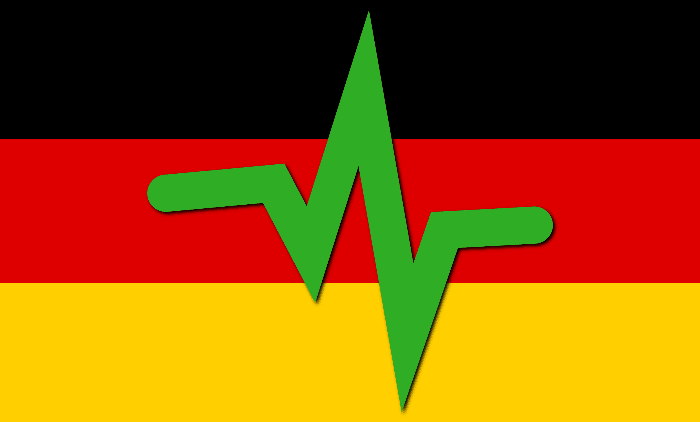There’s a big difference in how the brain processes the numbers 4 and 5
[ad_1]
Cognitive neurophysiologists at the University Medical Center Bonn in Germany and neurobiologists at the University of Tübingen have discovered that the human brain has two different ways of processing quantities. One system is responsible for processing quantities of 4 or less, and the other system is responsible for processing quantities of 4 or less. This system handles quantities of 5 or more.
People respond differently when they are asked to quickly identify quantities that are more or less than a threshold of four, but scientists don’t yet know if this is actually evidence of two discrete neural mechanisms. The findings, published in Nature Human Behavior, shed new light on the neural mechanisms of the brain, revealing important details about how people process numbers and helping to understand the developmental disorder dyscalculia. .
Faced with four or fewer objects, people can usually recognize the sum at a glance. This ability is called “number sense,” a term coined by psychologists in the last century to refer to when people look at a group of objects. Objects, you can directly see how many there are without counting them one by one.
However, this ability disappears when people see five or more objects. For example, if asked to quantify how many apples there are in a pile, people tend to hesitate and estimate, take slightly longer to answer, and provide less precise answers.
Because number sense is a skill that suddenly disappears for numbers larger than four, some researchers have speculated that the brain uses two different processing methods. However, this idea has been controversial until now.
One idea is that the brain is always making estimates, and the error rate for small quantities is so low that it goes unnoticed. Another view is that there are neurons in the human brain responsible for each quantity, and that certain nerve cells selectively fire responses to specific quantities. Some neurons fired when a person saw two objects, while others showed a similar affinity for larger quantities. For example, while some brain cells respond more strongly to 7, they also respond, albeit more weakly, to 6 and 8; similarly, they respond when they see 5 and 9. , but the response is weaker.
To examine this effect, the researchers recruited 17 epilepsy patients who were preparing for brain surgery. As part of the treatment, patients have microelectrodes inserted into their temporal lobes. This method is able to measure the response of individual nerve cells to visual stimuli.
The subjects looked at a computer screen that displayed a varying number of dots for half a second. After a quick glance, the researchers asked the subjects whether they saw odd or even numbers of dots. The experimental results showed that when the number of points did not exceed 4, the subjects answered quickly and accurately. However, when the number of points is 5 or more, the error rate and response time increase.
This means that for numbers less than 5, there seems to be an additional mechanism that makes these neurons respond more accurately. Neurons responsible for smaller numbers can inhibit other neurons responsible for neighboring numbers, avoiding signal mixing. For example, when the neuron dedicated to 3 fires, it inhibits the firing of the neurons responsible for 2 and 4. For numbers larger than 5, specialized neurons lack this mechanism.
[ad_2]
Source link

![[Love Wants Sex Series 358]Find out the culprit and overcome psychogenic erectile dysfunction…](https://newsworldhealth.com/wp-content/uploads/2023/01/News-World-Health-China.png)

